The after-effects of stroke, cerebral infarction, cerebral hemorrhage, and Parkinson’s disease.
Improved by neuroimmune-activating therapy at Yamaya Medical Lab.
“Incurable and severe symptoms” that were said to be untreatable.
The aftereffects of these diseases are caused by the interruption of nerve transmission.
A new treatment to connect nerves
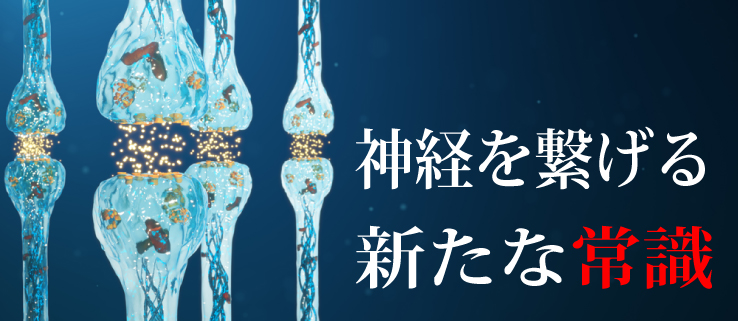
At Yamaya Medical Lab, we conduct “neuroimmune-activating therapy” with the aim of recovering after-effects of cerebrovascular diseases, spinal cord injuries, and symptoms of Parkinson’s disease using methods other than conventional rehabilitation.
The normal flow of nerves.
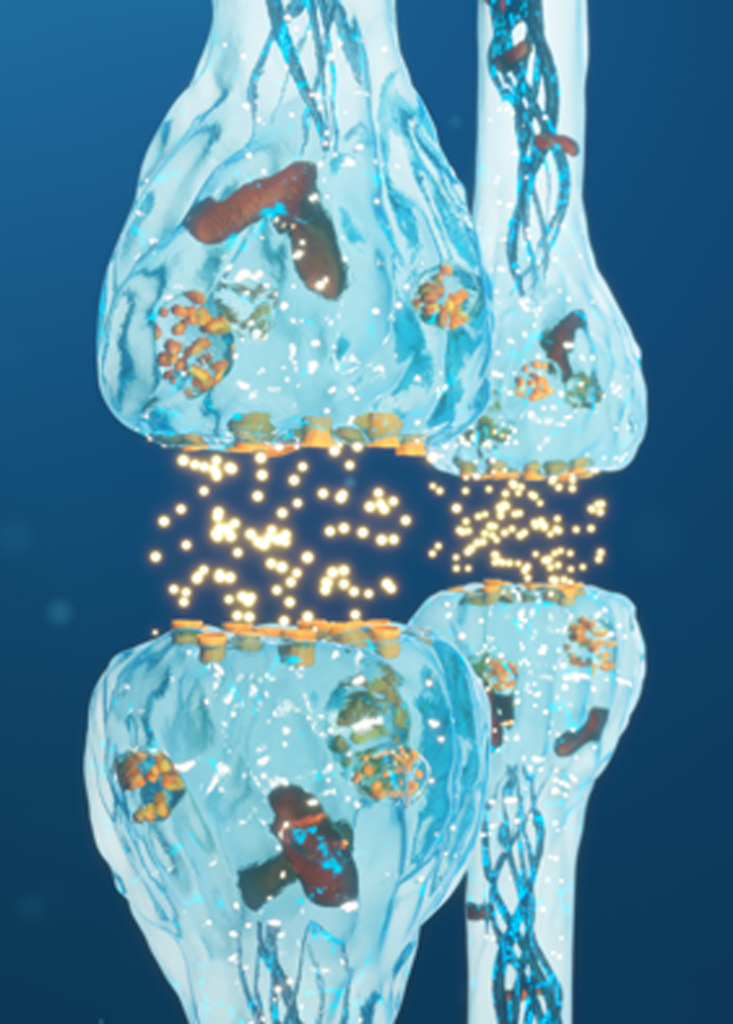
Interrupted neural transmission.
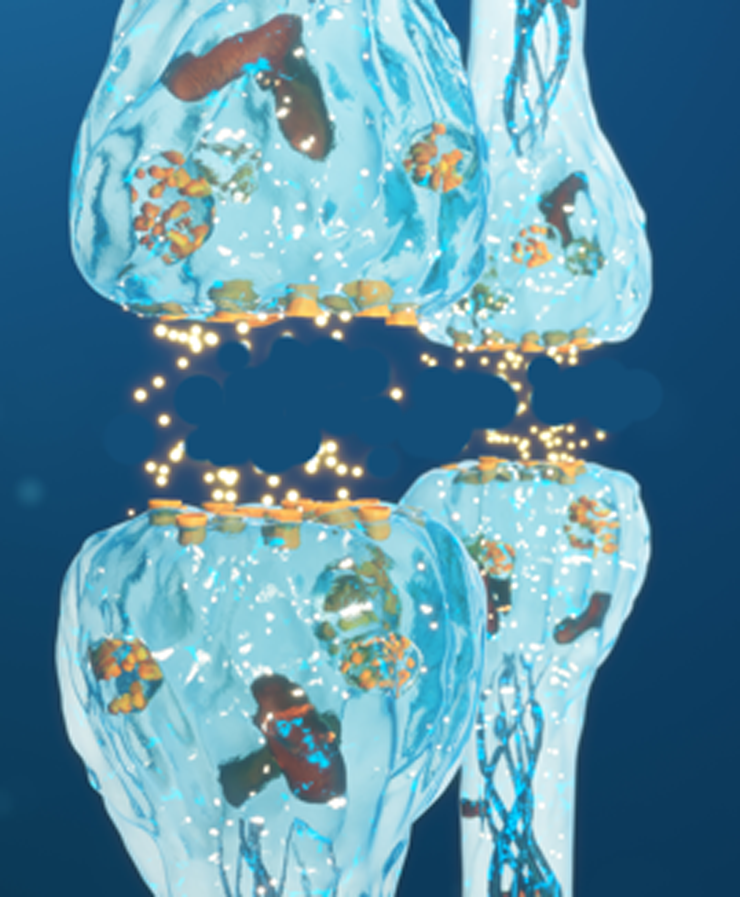
Our body moves by transmitting commands from the brain to the muscles throughout the body. These commands are regulated by neurotransmitters. Nerves are not connected by a single line, but are interrupted, and electrical signals are connected by these neurotransmitters to move the entire body.
The technique of Neuro-Immune Activating Therapy differs from conventional rehabilitation and walking training in that it aims to transmit electrical signals from the brain throughout the body.
The major difference between our clinic and hospital rehabilitation is…
-

Difference in goals
The goal of hospital rehabilitation is primarily to discharge the patient. -
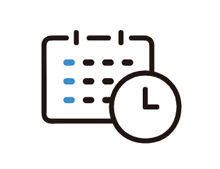
The goal of hospital rehabilitation is primarily to discharge the patient, with predetermined lengths of stay and post-discharge rehabilitation periods.
RETURN TOP
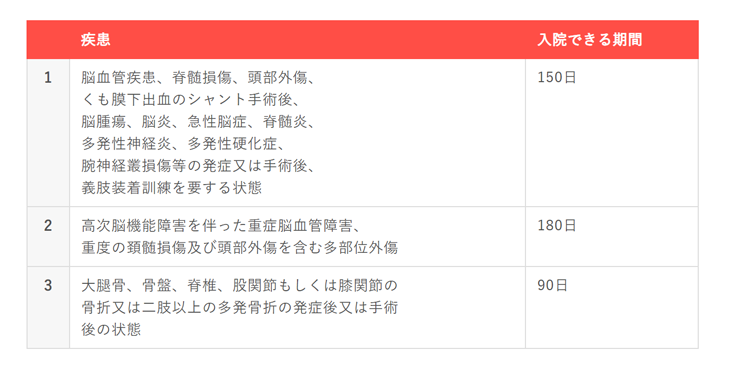 Especially with the revision of medical fees, there is a system in which hospitals with shorter lengths of stay from admission to discharge are highly evaluated. Therefore, I think that the hospital side also wants to discharge (transfer) patients as soon as possible.
Especially with the revision of medical fees, there is a system in which hospitals with shorter lengths of stay from admission to discharge are highly evaluated. Therefore, I think that the hospital side also wants to discharge (transfer) patients as soon as possible.Although it is expected that patients will improve with long hospital stays and rehabilitation, there are many cases where they are already in a state where they can be discharged even if they have not fully recovered.
“We need to decide whether to return home, transfer to a care facility, or transfer to a recuperation hospital based on factors such as the degree of paralysis and the need for assistance. We must be discharged in any case. Rehabilitation during hospitalization is minimal and tailored to the discharge destination. Even if you return home, the difference between before and after the onset becomes apparent, and daily tasks may become difficult, leading to worries and dissatisfaction.”- Discharged from the hospital in a wheelchair
- Wanting to walk on their own but unable to due to residual paralysis
- Inability to do handcrafts due to remaining hand paralysis
- Wishing to be able to drive a car
- Feeling burdened by the impact of their condition on their family.
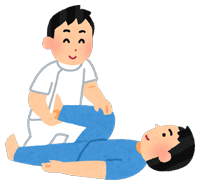
Private rehabilitation
Rehabilitation during hospitalization periodFrom 90 to 180 days
Duration of private rehabilitation
Unlimited and can be conducted as many times as needed.
When considering the necessity of self-paid rehabilitation, one should ask themselves, “What do I want to achieve?” and “What are my goals?” After considering these questions, one can decide whether to prioritize economic factors or their desired outcomes.If the rehabilitation services provided by the long-term care insurance can help achieve the desired goals, there may not be a need for self-paid rehabilitation.
However, if the desired results cannot be achieved through the current services, it may be necessary to consider changing the services being received.
neuroimmune-activating therapy

Parkinson’s disease 90 years old
A case that developed 20 years ago and requires assistance for walking.Before second Parkinson’s treatment
Achilles tendon obsolete rupture Age 77
Cases where walking is difficult even 4 months after surgeryLeft lower extremity arteriosclerosis obliterans 91 years old
A case where the left femoral artery is completely clogged and pain occurs with a short walk

